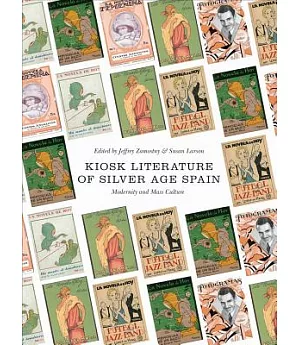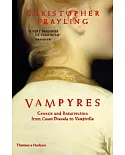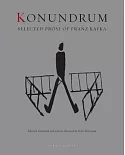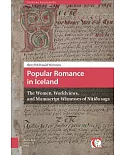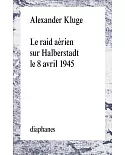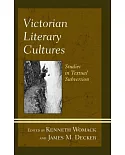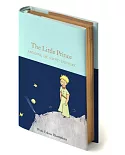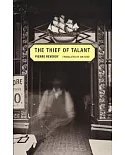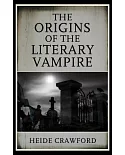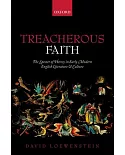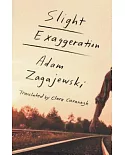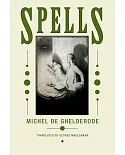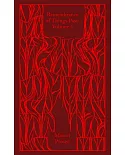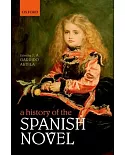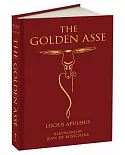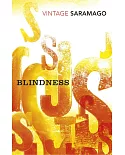Spanning 1898–1939, the Silver Age of Spain was characterized by intense urbanization, class struggle and mobility, and a boom in mass culture. The new mass media of the time included weekly
collections of short, pocket-sized books sold in urban kiosks at low prices. However, as some of the most popular series published erotica and Anarchist fiction, kiosk literature fell prey to
censorship under the Franco dictatorship (1939-1975) and was omitted from Spain’s literary history. Only in recent decades have academics begun to realize the importance of kiosk literature
in Spanish culture. Where was it sold in the early twentieth century? What models of womanhood and femininity are prevalent in kiosk texts? What happened when prominent sexologists penned
kiosk novelettes? Building on existing catalogues and historical studies of kiosk literature, this innovative volume will examine the kiosk phenomenon through the lens of contemporary
interdisciplinary theories of urban space, visuality, celebrity, gender and sexuality, and the digital humanities.

